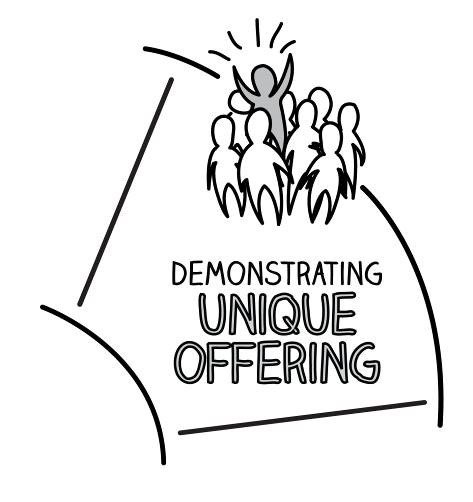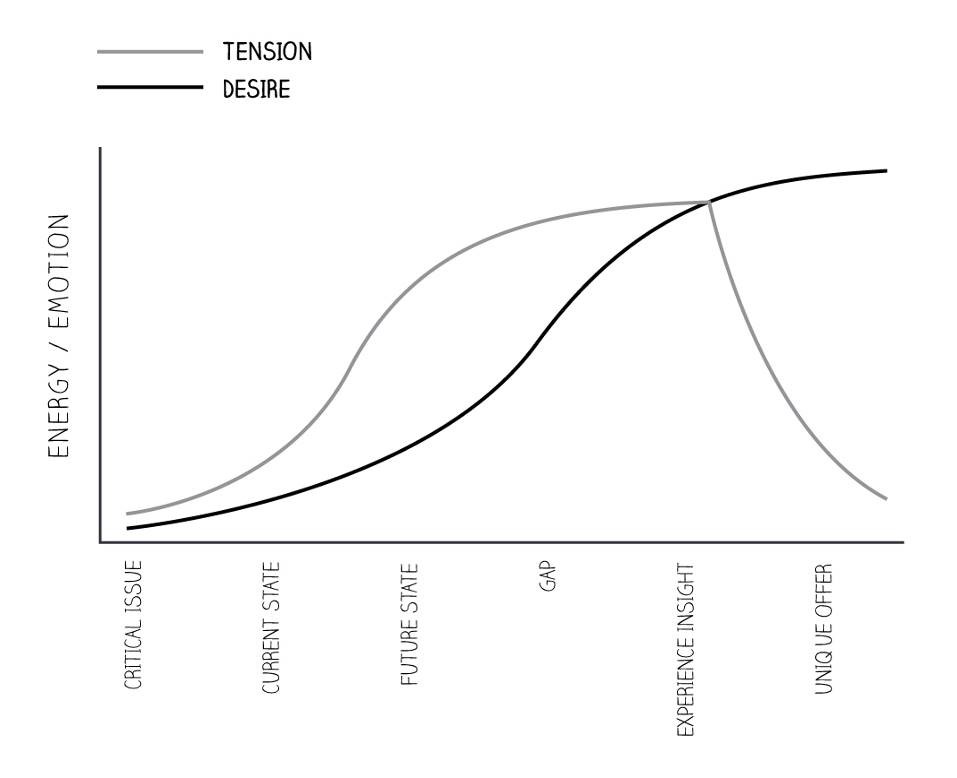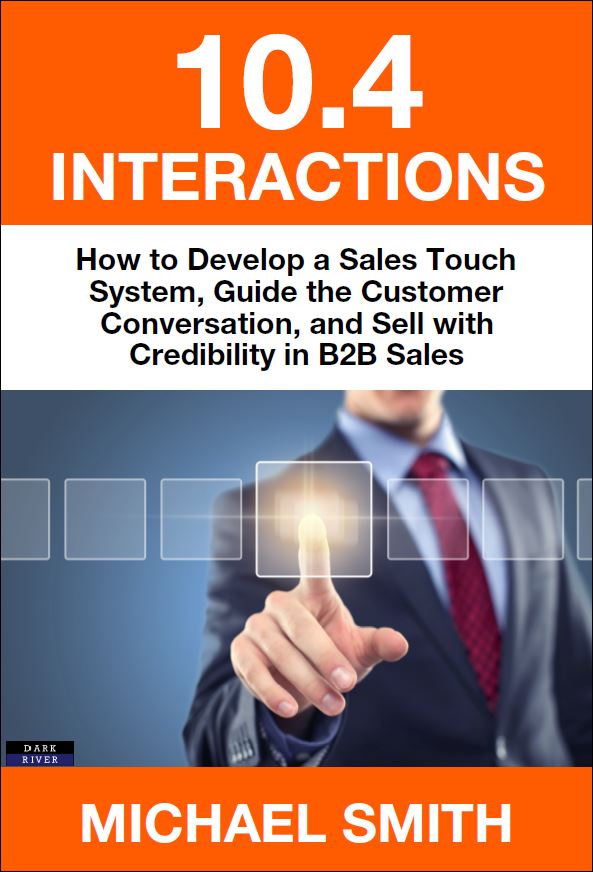DEMONSTRATING YOUR UNIQUE OFFERING

KEEP THE PRODUCT IN THE BAG
If I think back to my time learning to sell, there was one tactic that we were always told to rely on. ‘Get the product out of the bag’.
This ended up being the default position – if in doubt, get the product out; if you don’t know what to do next, get the product out; if you felt like the meeting was drifting away, get the product out. In fact, you know what, just get the product out of the bag!
This can be a particular problem when you genuinely believe in the product. There’s an innate desire to enthusiastically talk about, and demonstrate, the product as quickly as possible. But by getting the product out too early in the discussion, a number of things happen:
1. It becomes a pitch of one product versus the next
2. It changes the focus of the discussion from one framed from the customer’s perspective to one based on your product
3. It doesn’t allow any tension or desire to be created in the conversation with your customer because they already know that your answer is always going to be ‘the product’
We know that to be successful in the new selling environment, it’s no longer about the features and benefits of one product versus the features and benefits of the next. We also know that the conversation needs to be framed from the customer’s perspective and we do that through the use of Critical Issues. And by doing this, and using the structure we’ve described to manage the customer conversation, we create a tension and desire over the course of the discussion.

If you consider the illustration above, we have two lines (and two states) which are being created. The first is tension and the second is desire. Desire lags behind tension through the initial phases of the discussion.
By raising a Critical Issue with a customer, we immediately begin to build a state of tension between the Current State and future state. As we move through these steps, that tension starts to build as the customer realises that there is a Gap between where they are today and where they might be in the future. As this tension rises, so does the desire to do something about it. Psychologists refer to this tension as cognitive dissonance, and this dissonance – or tension – continues to increase through to the point where you describe your Experience Story and tell them, ‘but don’t worry, we’ve helped a similar customer in a similar position’.
At that moment, the tension in the discussion dissipates whilst the desire to want to do something about it continues to rise. So that finally, as you present your Unique Offering, you’ve created the desire for change so that your offer is a compelling one.
This is what a Procurement Manager said after a recent sales meeting: ‘It became clear that we needed to make a change; that something needed to happen. I felt that the salesperson could help and I was willing then to be told how. By the time they did, I was ready and willing to commit to the next step’.
If the product is introduced too early in the discussion, before the Critical Issue has been identified, before the Current and Future States have been explored (through thought and discussion), and before you’ve shown how you’ve helped a similar customer in a similar position, then the desire to change is never fully created. The foundation for change isn’t fully developed.
So resist the temptation to get the product out too early in the discussion. Because our offer only becomes compelling once we’ve created the desire for change.


